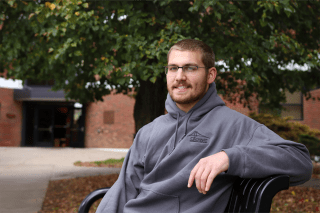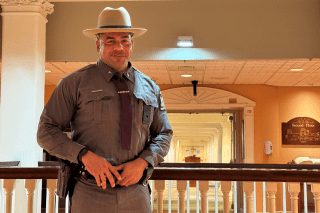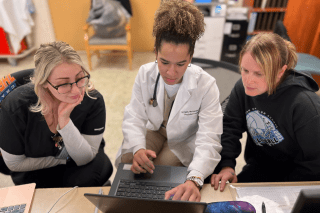Actuary internship leads to job offer for math major
Posted:

Eric Zalewski said he drawn to Cincinnati Insurance due to its company size and the fact it was on the property and casualty side of insurance.
“The side I was more interested in,” Zalewski said.
Zaleski left a lasting impression, developing a model for which the company continues to use to this day.
“A lot of models use price of a policy as the main input,” Zalewski said. “For a model to be 100% verified in its reporting methods, one would have to know every single price change that occurred in the last five to ten years, depending on how far back the model is being extended.”
This isn’t practical, according to Zalewski, since it happens quite frequently in the underwriting process and sales.
“My model using a different input called exposure,” Zalewski said. “Exposure can be thought of as somethings ‘risk rating.’ Exposure overall is much less volatile then price, and this creates a more stable model.”
In turn, Cincinnati Insurance left a lasting impression on him.
“It was great to be in a professional environment surrounded by other actuaries,” Zaleski said. “Everybody was extremely kind and helpful, and it made going to work a joy. Outside of that, the company is rather smart in their use of interns. “
Zalewski said he especially liked the fact Cincinnati Insurance had the interns involved in important tasks — experimental work or projects that were really good ideas but ended up getting buried under normal workload.
“So, it was always awesome to see my boss or another intern’s boss be extremely happy and thankful when something comes to fruition,” Zalewski said. “… or a project that’s overdue on a to-do list is finally checked off.”
“I can’t say enough good things about our math department,” said Zalewski, adding that John Polhill, professor of mathematical and digital sciences, initially introduced him to the field and Kevin Ferland, professor of mathematical and digital sciences, then pushed him in the right direction. “The classes are rigorous and have taught me all of the math-based skills I need to succeed. I’m very happy I’m a pure math and stats major (rather than) someplace else where I could be an actuarial science major
“Math and stat programs require a lot more in advanced mathematics and computer coding, while actuarial science programs substitute some of these classes with insurance and business classes,” said Zalewski, who’s on pace to complete three actuary exams before he graduates. “I was actually put on projects this summer due to my experience in SAS and SQL (both classes taught by Dong Zhang, associate professor of mathematical and digital sciences). I noticed that it’s much easier in both the work environment and on the actuarial exams to teach yourself the business and insurance definitions than it is teach yourself the math theory.”



